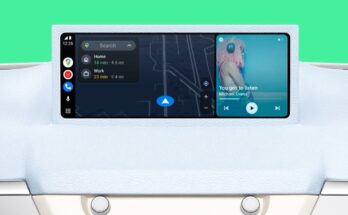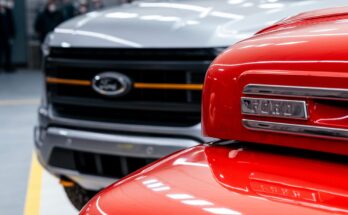See what’s available. If you’re shopping for a new car, dealers near you may not have exactly what you’re looking for. Instead of going to the dealership to see what it has, search its inventory online, or call first. You may need to search several dealers to find something that’s close to what you’re looking for. Websites like TrueCar, Car Gurus, and Cars.com can show you what’s available within a specific geographic area.
Look for incentives. Check dealership and manufacturer websites for local and national incentives such as cash-back offers, low-rate or even 0 percent financing, and lease deals with low monthly payments. (CR updates its best new-car deals list monthly.) Chances are that if you look among less-popular offerings—such as sedans, small hatchbacks, and front-wheel-drive (as opposed to all-wheel-drive) SUVs—you may find attractive deals. (See the most discounted cars right now.)
Expand your geographic search. If local dealers don’t have the car you want, try sellers outside your area. Be cautious about casting your net too wide, though. You want to be able to go see the car and test-drive it before signing a sales or leasing contract, and you don’t want it to get swooped up by another buyer while you’re on your way to see it.
Do your research. Whether buying new or used, consult CR’s road tests and ratings, looking at reliability, owner satisfaction, and safety. Make a short list of models to test-drive. Research the various trim versions and features available on each model, because you might not find your dream configuration at the dealership. Print out information from CR.org and the manufacturer’s website so that you have it with you for reference.
Buy something reliable. Particularly if you’re forced to buy something more expensive than you normally would, your best bet is probably going to be to keep the new car for the long haul. Consult CR’s reviews and ratings to make sure you buy something reliable that won’t give you problems later on. (See our guide to car reliability.)
Be flexible. Even if the dealer has the model you want, the car might not have some of the features you were looking for (and may have more than you want or need). Decide which options are really important and whether a vehicle not having all of them means you should consider a different model. If you can’t find the features you want on the car you like best, consider downsizing or shopping among models that aren’t as popular.
Leverage your existing car. Upgrading to a vehicle with better fuel efficiency, more up-to-date safety features, and even just more comfort or style can be compelling reasons to buy a new car. If you have a car to trade in or sell before buying something new, you may still be able to leverage its value against the elevated price of new cars. Also, a recent CR survey found that most people selling their old cars got more than they expected by selling to a vendor such as Carvana or CarMax.
If you have an extra car you’re not using much, consider selling it. You’ll save money on annual taxes, registration fees, and insurance premiums, and you can use the money from the sale to help finance a more expensive car now or in the future.
Consider a U.S.-built car. If you plan on financing your next vehicle, you may want to take advantage of a new tax credit that allows qualifying buyers to deduct up to $10,000 in loan interest paid on the purchase of a vehicle that was assembled in the U.S. Any new vehicle purchased after Jan. 1, 2025 is eligible for the deduction, but the tax credit will be phased out after 2028—possibly before the loan is paid off. This new deduction is considered “above-the-line,” so even if you use the standard deduction instead of itemizing specific tax breaks, you can take advantage of this auto loan interest deduction in addition to that. Tax experts we spoke with said that the average consumer might save $500 per year. Plus, because this deduction lowers your adjusted gross income on your federal return, it could also reduce the amount of state income taxes owed in certain states. However, don’t let the savings cloud your judgment: Only buy a qualifying car if it’s also safe, reliable, and satisfying.
To determine whether a car qualifies for this new credit, you’ll need to double-check the final assembly location on the car’s window sticker. Don’t assume that a car was assembled in the U.S. or not based on the badge on its hood—many American brands assemble cars in foreign countries, and most major foreign brands manufacture at least some of their cars in the U.S. Moreover, production can be split between multiple locations or change over time, so you’ll need to verify that the specific vehicle you want to buy was assembled here before you can take advantage of this tax credit. (For example, the Toyota RAV4 is built largely in the U.S. for our market, with some production in Canada and imports from Japan.)
Consider an EV—but do it soon. Federal tax credits for EVs of up to $7,500 will be discontinued on September 30. However, state and local tax credits for EVs may still be available after the federal tax credit is discontinued, so it’s worth checking with your local authorities to see if you qualify for other incentives. In addition, there may be factory incentives and dealer discounts on EVs once the tax credits disappear, since many manufacturers bet big on EVs over the past couple of years.



